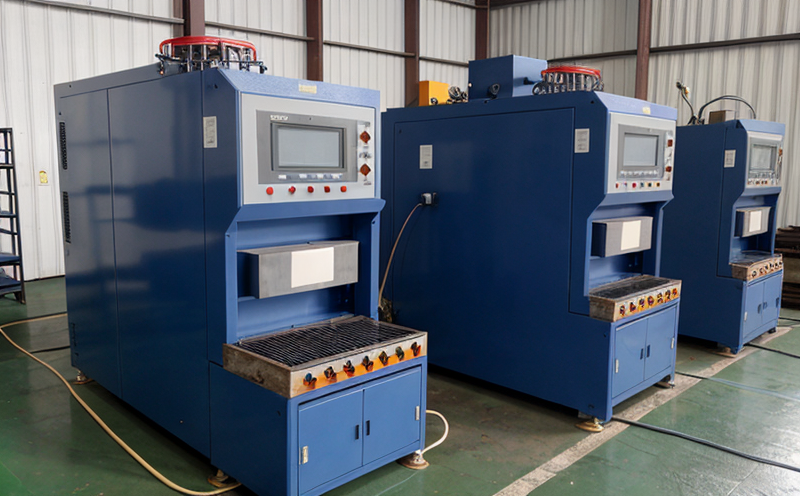DIN 38409 Water Quality Raw Input Testing
The DIN 38409 standard is a crucial protocol in industrial manufacturing and processing testing, particularly when it comes to the quality assurance of raw materials and inputs. This German standard outlines stringent procedures for assessing water quality parameters that directly impact the production process. Compliance with DIN 38409 ensures consistent product quality, minimizes waste, and reduces operational costs by preventing contamination at the source.
Water is a fundamental component in many industrial processes such as chemical synthesis, cleaning, cooling, and power generation. The raw water used can vary widely in its composition depending on the location of extraction. This variability necessitates thorough testing to ensure that the water meets specified quality criteria before it is introduced into production systems.
The DIN 38409 standard covers a wide range of parameters including pH, conductivity, total dissolved solids (TDS), hardness, alkalinity, and various chemical compounds such as chloride, sulfate, sodium, calcium, magnesium, and iron. These parameters are critical because they can affect the efficiency and effectiveness of downstream processes.
For instance, high levels of hardness in water can lead to scaling on heat exchangers, reducing their performance and lifespan. Similarly, excessive amounts of certain ions like chloride or sulfate could inhibit chemical reactions necessary for product synthesis. Therefore, rigorous testing is essential not only to comply with regulatory requirements but also to optimize process efficiency.
The testing procedure involves several steps starting from the collection of water samples which must be representative of the entire batch being tested. Samples are then analyzed using advanced analytical instruments like ion chromatography, atomic absorption spectrophotometry (AAS), and conductivity meters among others. Each parameter has specific limits defined in DIN 38409 that need to be adhered to.
Once all tests have been conducted, a detailed report is generated summarizing the results along with recommendations for any necessary adjustments or actions. This comprehensive approach ensures that manufacturers can make informed decisions regarding their raw water sources and treatment processes. By doing so, they not only enhance product quality but also contribute towards sustainable practices by minimizing environmental impact.
In summary, DIN 38409 Water Quality Raw Input Testing plays a pivotal role in maintaining high standards of industrial manufacturing and processing. It helps identify potential issues early on, thereby preventing costly mistakes further down the line. The thoroughness required under this standard ensures that every step of the production process starts with clean, reliable water which translates into better quality products at lower costs.
Applied Standards
DIN 38409 is part of a broader set of standards designed to ensure product safety and quality in various industries. Some other relevant standards include ASTM D1129 for determining the water content in petroleum products, EN ISO 17294-1:2018 which specifies methods for sampling and analysis of drinking waters, and IEC 60335 series dealing with safety aspects related to electrical appliances.
These standards work together to create a robust framework that promotes best practices across different sectors including petrochemicals, pharmaceuticals, food & beverage manufacturing, among others. By adhering to these guidelines, companies demonstrate their commitment to maintaining high ethical and professional standards in all areas of operation.
Benefits
- Promotes Consistency: Ensures that every batch of raw materials used meets the same quality benchmarks, leading to consistent product performance.
- Reduces Waste: By identifying problematic batches early on through rigorous testing, companies can avoid producing substandard products which ultimately reduces waste and associated costs.
- Sustains Operations: Maintaining reliable water sources helps keep production lines running smoothly without unexpected downtime due to equipment malfunction or process inefficiencies.
- Increases Efficiency: Knowing exactly what components are present in the raw materials allows for more precise adjustments during processing, increasing overall efficiency and productivity.
Overall, compliance with DIN 38409 contributes significantly to maintaining a competitive edge within the industry by fostering trust among customers while simultaneously enhancing operational excellence internally.





